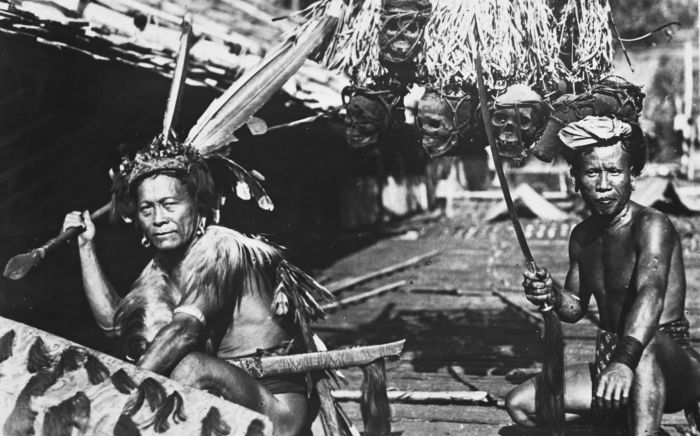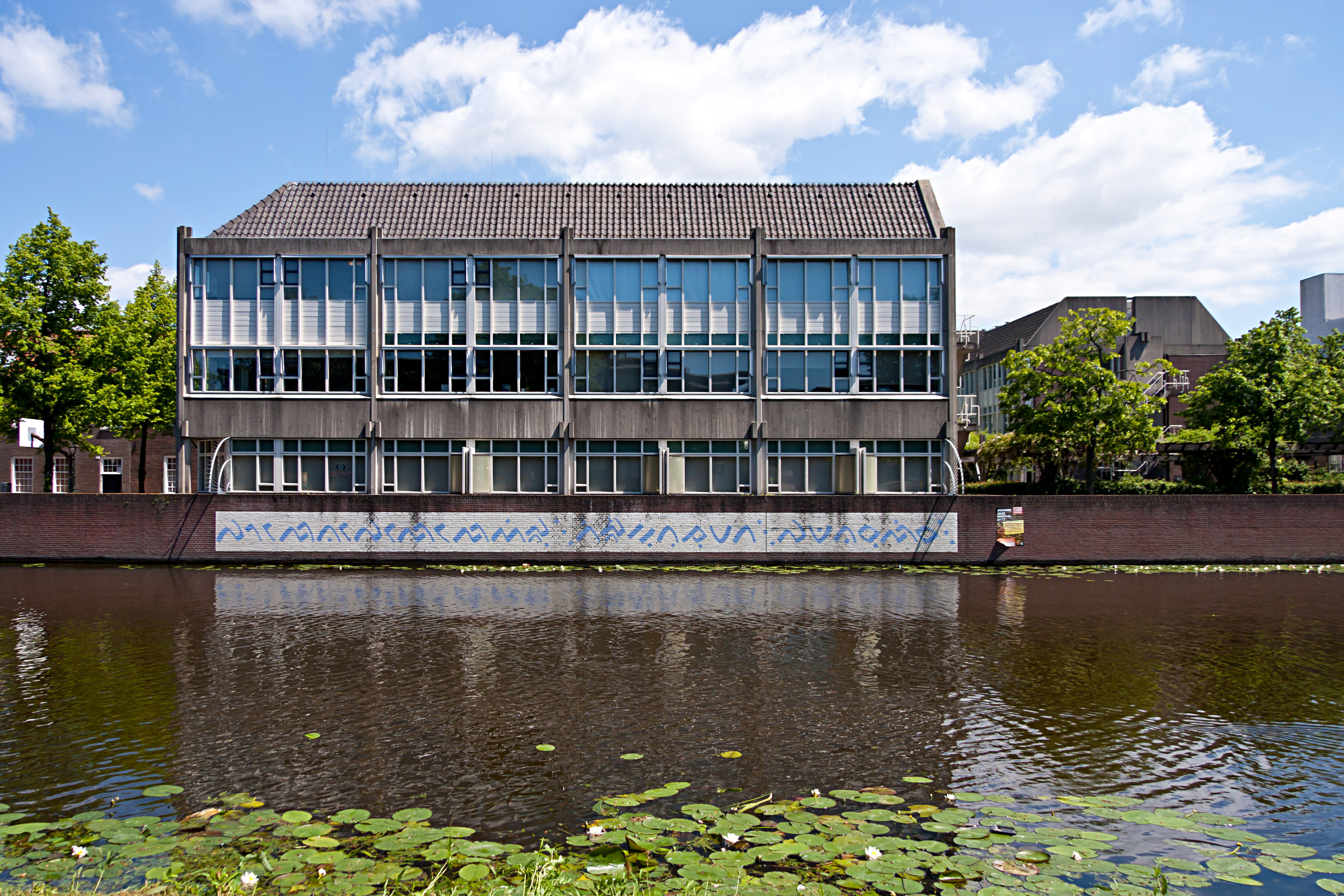|
Keriu
Krio Dayak is a Kayan language of the Krio Dayak people in West Kalimantan, Indonesia. References Further reading * A. R. Mecer, ''Struktur Bahasa Dayak Krio'', Pusat Pembinaan dan Pengembangan Bahasa, Departemen Pendidikan dan Kebudayaan, 1992, External links Keriu language entryin a linguistic thesaurus by the Royal Netherlands Institute of Southeast Asian and Caribbean Studies The Royal Netherlands Institute of Southeast Asian and Caribbean Studies ( nl, Koninklijk Instituut voor Taal-, Land- en Volkenkunde, lit = Royal Institute for the Linguistics, Geography and Ethnology, abbreviated: KITLV) at Leiden was founded i ... (KITLV). Languages of Indonesia Müller-Schwaner languages {{austronesian-lang-stub ... [...More Info...] [...Related Items...] OR: [Wikipedia] [Google] [Baidu] |
Indonesia
Indonesia, officially the Republic of Indonesia, is a country in Southeast Asia and Oceania between the Indian and Pacific oceans. It consists of over 17,000 islands, including Sumatra, Java, Sulawesi, and parts of Borneo and New Guinea. Indonesia is the world's largest archipelagic state and the 14th-largest country by area, at . With over 275 million people, Indonesia is the world's fourth-most populous country and the most populous Muslim-majority country. Java, the world's most populous island, is home to more than half of the country's population. Indonesia is a presidential republic with an elected legislature. It has 38 provinces, of which nine have special status. The country's capital, Jakarta, is the world's second-most populous urban area. Indonesia shares land borders with Papua New Guinea, East Timor, and the eastern part of Malaysia, as well as maritime borders with Singapore, Vietnam, Thailand, the Philippines, Australia, Palau, and India ... [...More Info...] [...Related Items...] OR: [Wikipedia] [Google] [Baidu] |
West Kalimantan
West Kalimantan ( id, Kalimantan Barat) is a province of Indonesia. It is one of five Indonesian provinces comprising Kalimantan, the Indonesian part of the island of Borneo. Its capital city is Pontianak, Indonesia, Pontianak. The province has an area of 147,307 km2, and had a population of 4,395,983 at the 2010 CensusBiro Pusat Statistik, Jakarta, 2011. and 5,414,390 at the 2020 Census. Ethnic groups include the Dayak people, Dayak, Malay people, Malay, Chinese Indonesians, Chinese, Javanese people, Javanese, Bugis, and Madurese people, Madurese. The borders of West Kalimantan roughly trace the mountain ranges surrounding the vast watershed of the Kapuas River, which drains most of the province. The province shares land borders with Central Kalimantan to the southeast, East Kalimantan to the east, and the Malaysian territory of Sarawak to the north. West Kalimantan is an area that could be dubbed "The Province of a Thousand Rivers". The nickname is aligned with the geograp ... [...More Info...] [...Related Items...] OR: [Wikipedia] [Google] [Baidu] |
Malayo-Polynesian Languages
The Malayo-Polynesian languages are a subgroup of the Austronesian languages, with approximately 385.5 million speakers. The Malayo-Polynesian languages are spoken by the Austronesian peoples outside of Taiwan, in the island nations of Southeast Asia (Indonesian and Philippine Archipelago) and the Pacific Ocean, with a smaller number in continental Asia in the areas near the Malay Peninsula. Cambodia, Vietnam and the Chinese island Hainan serve as the northwest geographic outlier. Malagasy, spoken in the island of Madagascar off the eastern coast of Africa in the Indian Ocean, is the furthest western outlier. The languages spoken south-westward from central Micronesia until Easter Island are sometimes referred to as the Polynesian languages. Many languages of the Malayo-Polynesian family show the strong influence of Sanskrit and Arabic, as the western part of the region has been a stronghold of Hinduism, Buddhism, and, later, Islam. Two morphological characteristics of the M ... [...More Info...] [...Related Items...] OR: [Wikipedia] [Google] [Baidu] |
Kayan–Murik Languages
The Kayanic or Kayan–Murik languages are a group of Austronesian languages spoken in Borneo by the Kayan, Morek Baram, Bahau, and related peoples. Languages The Kayanic languages are: *Kayan proper: Bahau, various languages called '' Kayan'' *Modang: Modang, Segai (Punan Kelai) *Müller-Schwaner "Punan": Hovongan, Aoheng, (Punan) Aput, Punan Merah, Kereho-Uheng * Murik Robert Blust (1991) specifically excluded Kayan from his North Bornean languages. He removed Bukat from Kayan in 2010. Müller-Schwaner Punan languages are classified by Smith (2017) as Central Sarawak. Smith (2017, 2019) Smith (2017, 2019) classifies the Kayanic languages as follows:Smith, Alexander (2017). ''The Languages of Borneo: A Comprehensive Classification''. PhD Dissertation: University of Hawai‘i at Mānoa. *Kayan–Murik ** Kayan (Baram, Rejang-Busang, Bahau, Data Dian) ** Murik-Merap (Ngorek, Pua’, Huang Bau, Merap) *Segai–Modang ** Segai (Gaai, (Punan) Kelai) ** Modang (Kelinja ... [...More Info...] [...Related Items...] OR: [Wikipedia] [Google] [Baidu] |
Kayan Languages
Kayan may refer to: Ethnography * Kayan people (Myanmar) * Padaung language * Kayan people (Borneo) * Kayan language (Borneo), dialect cluster spoken in Borneo * Kayan–Murik languages, group of Austronesian languages that includes the Kayan dialect cluster Geography * Kayan, Baghlan, town in Baghlan Province, Afghanistan * Kayan, Armenia, town in Armenia * Kayan, Iran, city in Iran * Kian, Iran * Kian, Isfahan, Iran * Kayan, Ergani Other * Kayan (musician) Ambika Nayak, known professionally as Kayan, is an Indian musician, singer and disc jockey. Her stage name, Kayan, is derived from reversing her surname "Nayak". Additionally, she is also a part of the group Kimochi Youkai and the electronic music ..., Indian musician {{Disambiguation, geo Language and nationality disambiguation pages ... [...More Info...] [...Related Items...] OR: [Wikipedia] [Google] [Baidu] |
Krio Dayak People
The Krio people (also referred to as Dayak Krio, Dayak Uheng Kereho, Punan Keriau, Dayak Seputan, Oloh Ot Nyawong or Penyahbong) are a Dayak ethnic group in West Kalimantan, Indonesia. They live on the upper course of the Krio River and speak the Krio Dayak language. History The Ulu Aik Kingdom was established, by the upper course of the Krio River, around 1700 by Pancur Sembore and Tanjung Porikng. The first leader was pang ukir Empu Geremeng, who was succeeded by Bikukng Tiung. Under Bihukng's leadership, the kingdom was renamed Ulu Aik. Traditional Krio song * Pupu' Tagua * Marau * Jai Ca' Sampe Religion Duwata is the god of the Krio Dayak and the Jelai Dayak. References External linksRaja Singa Bangs: Dayak Monarch without Power or Wealthby Edi Petebang, published in The Jakarta Post ''The Jakarta Post'' is a daily English-language newspaper in Indonesia. The paper is owned by PT Niskala Media Tenggara and based in the nation's capital, Jakarta. ''The Jak ... [...More Info...] [...Related Items...] OR: [Wikipedia] [Google] [Baidu] |
Banjar Language
The Banjar or Banjarese (; ) is an Austronesian language predominantly spoken by the Banjarese—an indigenous ethnic group native to Banjar regions— in the southeastern Kalimantan of Indonesia. The Banjarese language is the lingua franca for various indigenous community especially in South Kalimantan, as well as Central Kalimantan (notably in Seruyan Regency and Sukamara Regency) and East Kalimantan in general. Apart from the native Banjarese in Indonesia, the Banjarese language also spoken by little Banjarese diaspora abroad (such as in Brunei, Malaysia (notably in Sabah and Perak), and Singapore); however, they tend to not use it as their primary language, and their fluency degree is questionable. Dialects There are at least three divisions of dialects within the Banjarese language: #Batangbanyu Banjarese #Kuala Banjarese #Pahuluan Banjarese According to Cense,A.A.Cee - E.M. Uhienbeck, Critical Survey of Studies on the Language of Borneo, 'S-Gravenhage-Martin ... [...More Info...] [...Related Items...] OR: [Wikipedia] [Google] [Baidu] |
Royal Netherlands Institute Of Southeast Asian And Caribbean Studies
The Royal Netherlands Institute of Southeast Asian and Caribbean Studies ( nl, Koninklijk Instituut voor Taal-, Land- en Volkenkunde, lit = Royal Institute for the Linguistics, Geography and Ethnology, abbreviated: KITLV) at Leiden was founded in 1851. Its objective is the advancement of the study of the anthropology, linguistics, social sciences, and history of Southeast Asia, the Pacific Area, and the Caribbean. Special emphasis is laid on the former Dutch colonies of the Dutch East Indies (now Indonesia), Suriname, and the Dutch West Indies (the Netherlands Antilles and Aruba). Its unique collection of books, manuscripts, prints and photographs attracts visiting scholars from all over the world. On July 1, 2014, the management of the collection was taken over by Leiden University Libraries. Jakarta In 1969, a KITLV office was started by Hans Ras in Jakarta ("KITLV-Jakarta"), as a part of an agreement with the Indonesian Institute of Sciences. Here, publications from Indones ... [...More Info...] [...Related Items...] OR: [Wikipedia] [Google] [Baidu] |
Languages Of Indonesia
More than 700 living languages are spoken in Indonesia. These figures indicate that Indonesia has about 10% of the world's languages, establishing its reputation as the second most linguistically diverse nation in the world after Papua New Guinea. Most languages belong to the Austronesian language family, while there are over 270 Papuan languages spoken in eastern Indonesia. The language most widely spoken as a native language is Javanese. Languages in Indonesia are classified into nine categories: national language, locally used indigenous languages, regional lingua francas, foreign and additional languages, heritage languages, languages in the religious domain, English as a lingua franca, and sign languages. National language The official language of Indonesia is Indonesian (locally known as ''bahasa Indonesia''), a standardised form of Malay, which serves as the lingua franca of the archipelago. The vocabulary of Indonesian borrows heavily from regional languages of In ... [...More Info...] [...Related Items...] OR: [Wikipedia] [Google] [Baidu] |

